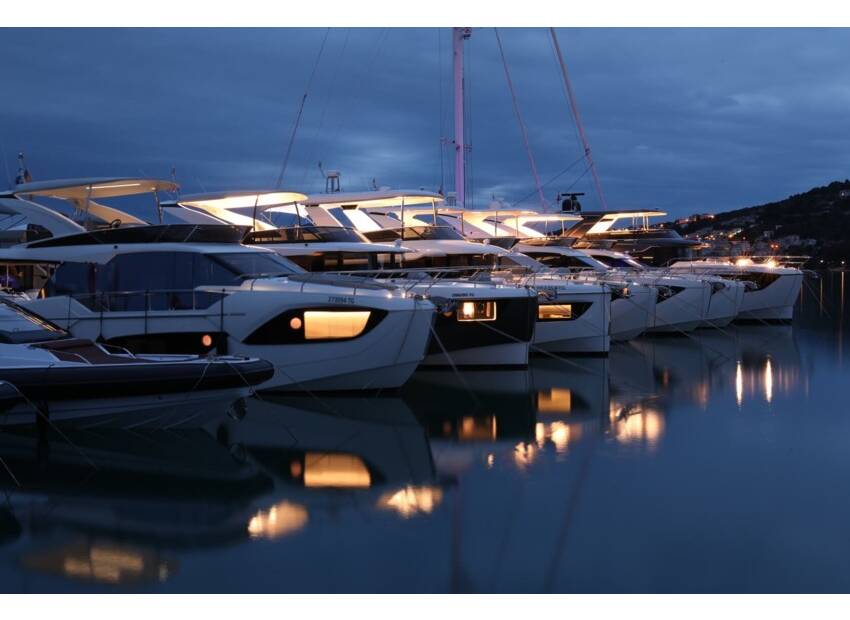“We can once again actually ‘sail’ with cargo ships, thus opening a new chapter in the history of commercial shipping,“ was the verdict from Captain Lutz Heldt following his return from the nearly two-month maiden voyage of the multi-purpose heavy-lift project carrier “Beluga SkySails”, which sailed from Germany to Venezuela, the United States and Norway. In even moderate winds, the first flights of an initial 160-square-meter towing kite propulsion system from the Hamburg-based manufacturer SkySails demonstrated how this innovative auxiliary propulsion system was able to substitute for 20% of the engine’s power. “With that we impressively validated the original expectations we had for the system“, was how SkySails managing director Stephan Wrage (35) assessed the first practical trials aboard the Beluga ship. “In the future, depending on the route and weather conditions, we’ll be able to post fuel savings of between 10% and 35% using wind power.” The “Beluga SkySails” set sail to Venezuela from Bremen on 22 January and reached the Norwegian port of Mo-I-Rana on 13 March 2008 after travelling a total of 11,952 nautical miles. The testing of the SkySails-System on board the ship newbuilding MV “Beluga SkySails” to be equipped with this innovative technology is being co-funded with some 1.2 million euros as part of the European Union’s “LIFE” program.
“The MV ´Beluga SkySails’ maiden voyage is proof in motion of a new kind of hybrid drive on the water that simultaneously reduces both voyage costs and climate-damaging emissions,“ said Niels Stolberg (47), the president and CEO of the Bremen-based project and heavy-lift cargo shipping company Beluga Shipping.
“The initial focus during the first half of what is set to be an approximately 12-months pilot testing phase aboard the “Beluga SkySails” is on calibration work and adjustments to stabilize the towing kite propulsion,” reported Stephan Brabeck (46), the technical director of SkySails, adding how “in the second half the flight times will be extended and the performance perfected.” On numerous days during the maiden voyage the system was put in action for periods of between a few minutes and up to eight hours. During that time the SkySails-System pulled the ship with up to 5 tons of power at force 5 winds, which when compared to the engine output represents a relief of more than 20%. Projected onto an entire day, this performance by the “Beluga SkySails” represents savings of about 2.5 tons of fuel and more than $1,000 a day.
Captain Lutz Heldt (57) is impressed with the first flights of the 160 square-meter SkySails aboard the MV “Beluga SkySails”. After the pilot phase the towing kite will be replaced by one that is twice the size, delivering double the amount of energy and which will save two times as much fuel and climate-damaging emissions. Beluga Shipping GmbH in Bremen expects a drop in bunker costs of approximately $2,000 per operating day. The shipping company will be giving part of these savings – 20 percent – directly to the crew as an incentive. Kites with a sail surface of up to 600 square meters will be used on two larger Beluga P-Series carriers that are to be outfitted with SkySails-Systems in the future. Currently under construction, each vessel will have 20,000 tons deadweight and on-board cranes with a lifting capacity of 800 to 1,400 tons.
www.skysails.info/
Related articles

Astondoa 377 Coupe
A sporty line’ yacht in harmony with the marine environment that reflects the personality of the Shipyard's "Savage Ocean line"





















